Any producer who is dealing with cattle needs some type of handling facilities whether they have ten steers or a thousand steers. Handling facilities are, and will continue to be an important part of a successful cattle operation, allowing the producer many advantages and options.
Handling facilities allow producers to make use of current and future technology available in the industry. From simple tagging to more complex health management practices a good handling facility gives the producer the choice of what to use and what not to.
With many beef operations being a part time enterprise, time and labour are often at a premium. Good facilities reduce the time and labour needed, and therefore reduce the costs. The labour force may also be happier and more willing to work in an efficient facility.
The safety and health of both the animals and the people working them need to be considered any time cattle are handled. Cattle often outweigh the operator by a considerable amount, and with four legs are much more stable and better balanced. Good facilities, with slip resistant flooring, will reduce stress levels, and help to prevent expensive bruising.
Many management procedures give better results if applied with a certain level of skill. This is much more likely to happen if the animal can be properly restrained. Producer satisfaction with a job done right is also a side benefit of a good handling facility.
Some Things To Consider
Locate the facilities:
- close to the cattle to be worked (feedlot, barnyard, etc.)
- where there is good road access and turning room for livestock trucks
- to blend in with future plans for the operation
It may be desirable to consider portable handling facilities for some operations.
What is needed for a facility will vary depending on the operation. A number of things should be considered before making this decision, such as:
- The layout of present, and future buildings and yards
- The size, weight and numbers of cattle normally worked
- The extent of processing to be carried out
- The amount of labour available to help with processing
Once these have been decided on, the system itself breaks down into two sections; the basic components, or heart of the system and the optional components, or accessories.
The Basic Components – consist of three major sections
- The Crowding Pen funnels cattle into the working chute. A circular or angular pen helps to get the cattle facing the right way and entering the chute in single file. Solid sides and crowd gates help to avoid the cattle becoming distracted. It also makes the cattle see the chute as the only way out. Older facilities built with open sides can be easily improved by closing them in.
- The Working Chute holds the cattle in single file ready to enter the headgate or squeeze. Ideally it should be long enough to line up and hold at least three animals. If the chute can be curved it will help to make moving the cattle even easier. Chutes must be narrow enough to prevent cattle from turning. A chute with sloping sides will allow different sizes of cattle to be worked and still prevent turning. Some simple procedures may be done right in the working chute.
- The Headgate is for restraining animals securely and safely during treatment. They range from manual models to self-catching and hydraulic models. They need to be quick, easy to operate and adjustable for different sizes of cattle.
The Optional Components – vary with each setup and producer’s preferences and help to add efficiency and flexibility.
Holding Pens will allow for faster handling of cattle as they can be sorted and held prior to moving into the crowd pen. They also prevent the mixing of treated cattle back into the main herd.
The Squeeze Chute gives greater control of the animal by holding it’s sides. This serves to reduce the struggling and thus the stress on the animal. Many have gates and sections which swing out to give greater access to different parts of the animal.
Cutting Gates along the chute allow you to let an animal out of the main group. They can also be very useful if you every have an animal go down in the chute. They usually form part of the wall of the working chute.
Blocking Gates located along the chute will prevent cattle from moving ahead or back. They usually slide across the chute on a track or drop down guillotine style on a rope and pulley.
Back Stops are similar to blocking gates except they allow the animals to move forward and only prevent them from backing up.
Kick Bars are located behind the animal in the squeeze to prevent the operator from being kicked while working there. Kick bar holes should be 12″ to 14″ above the floor of the crate or squeeze, and spaced 4′-6″, 5′-0″ and 5′-6″ back from the headgate.
Scales can be located in the main chute or close by where cattle can be easily diverted into them. Some commercial squeezes have weigh bars mounted under them to provide a scale-squeeze combination.
Man Gates and Passes are both a safety factor and a convenience. A man gate behind the squeeze allows you to block off upcoming cattle. It also gives you some room to work, and allows you in behind the animal without having to crawl over the chute every time. Man passes should be 11″ to 14″ wide and placed in the crowd pen, along the chute, or any place you could become trapped and need a fast escape route.
Loading Ramps can be placed coming off the working chute or out of holding pens. Cattle don’t like climbing so a ramp should not be steeper than 30 degrees and it should have 2″ cleats spaced at 8″. Cattle will move much easier up a stair step ramp with a 12″ run and a 4″ rise for the steps. Loading is also much easier if the cattle are in single file and there is a flat platform at the top of the ramp for them to step on or off the truck from.
Extra Corral Fencing that is easy to configure and move around can be a blessing for operations spread out across large areas.
Mineral Tubs/Health Programs can increase your yields and make your existing cattle healthier and more robust.
How do I go about building a handling facility? You should start with a plan, and Lakeland can help. Our agriculture specialists can help you map out an equipment set-up specific to your operation as well as make suggestions on updraging your existing set-up. They are experts on all of the equipment you could possibly need and will take the time to make sure you get exactly what is necessary for success.
CALL US AT 1-866-443-7444 to discuss your yard and we can show you how to do improve on your successes with our cutting edge cattle handling equipment.
Lakeland’s Cattle Handling Products
We carry absolutely everything you might need or want for your Cattle Handling operation. Here are a few examples of what we carry, and you can visit the Cattle Handling area of our website for the full product lineup.
-
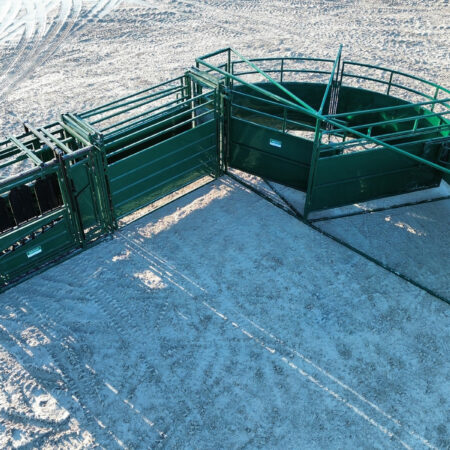
*NEW* E1000 – E-Series Cattle Handling System
GET A QUOTE -
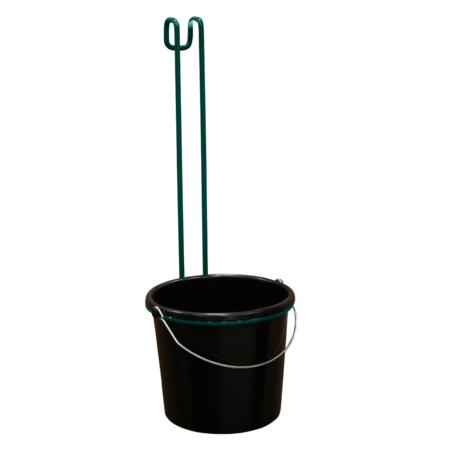
10” Hook-On Pail Holder
$65.00Add to cart -
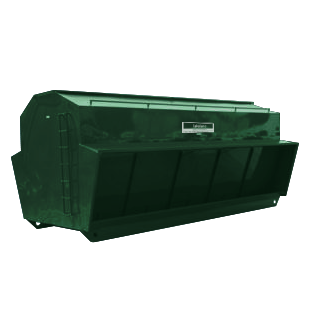
1000 Bushel Self Feeder
GET A QUOTE -
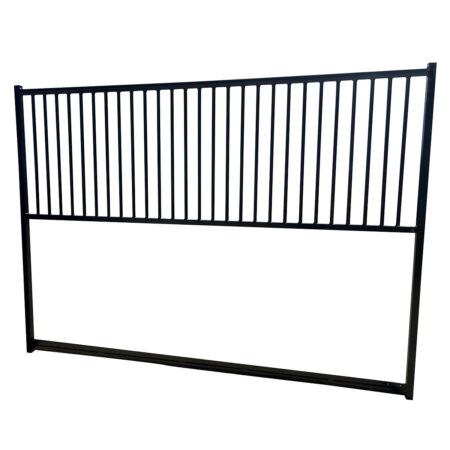
10ft and 12ft European Horse Stall Dividers
GET A QUOTE -
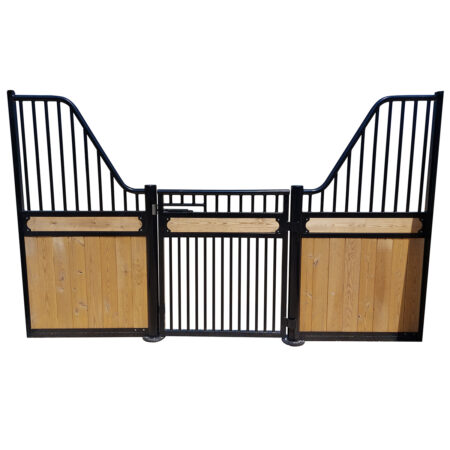
10ft European Hinged Door Horse Stall Fronts
GET A QUOTE -
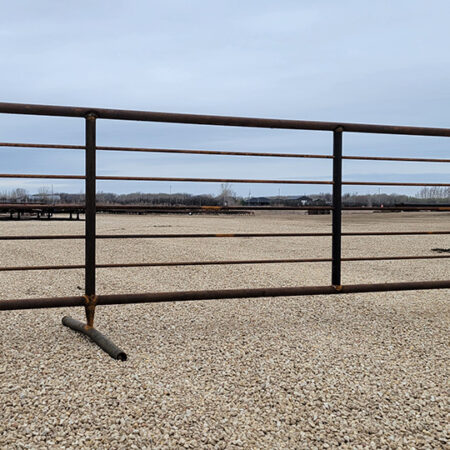
24ft Heavy Duty Freestanding Panel-7 Bar
GET A QUOTE -
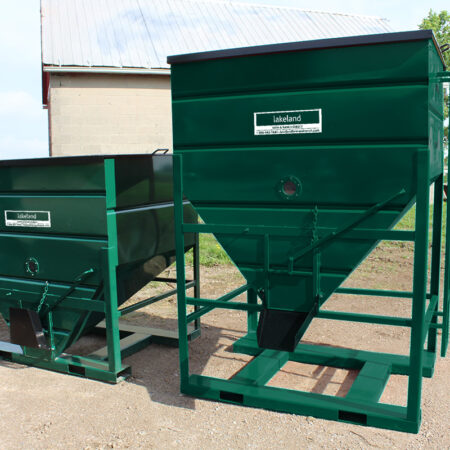
3000lb Capacity Bulk Feeder Mini Bin
GET A QUOTE -
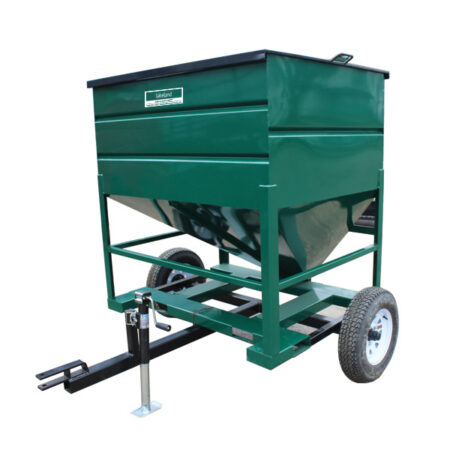
3000lbs Capacity Portable Mini Feed Bin with Trailer
GET A QUOTE -
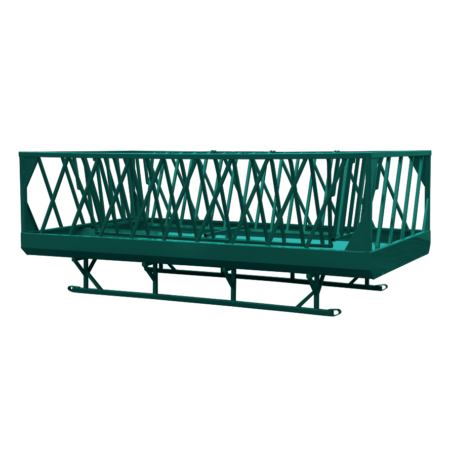
7′ x 13′ BaleMaster Feeder
GET A QUOTE -
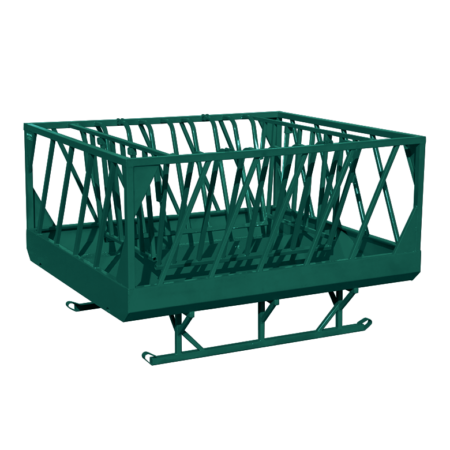
7′ x 8′ BaleMaster Feeder
GET A QUOTE -

8 Quart Black Pail for Pail Holder
$40.00Add to cart -
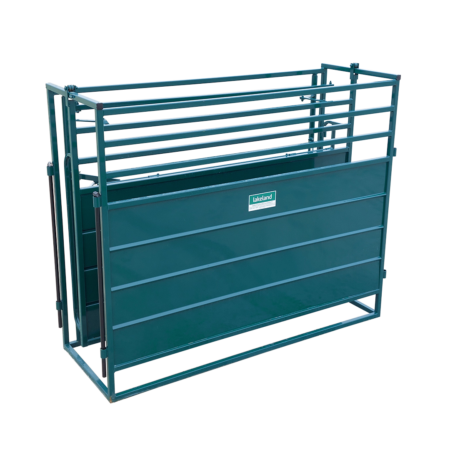
E-Series 8ft Adjustable Alley Section
GET A QUOTE -
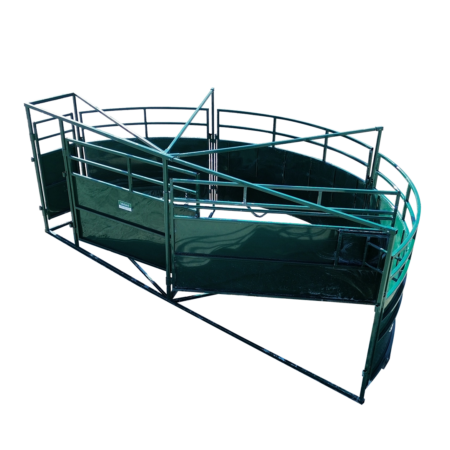
E-Series 8ft Cornerless Crowding Tub
GET A QUOTE -

E-Series 8ft Cronerless Crowding Tub
GET A QUOTE -
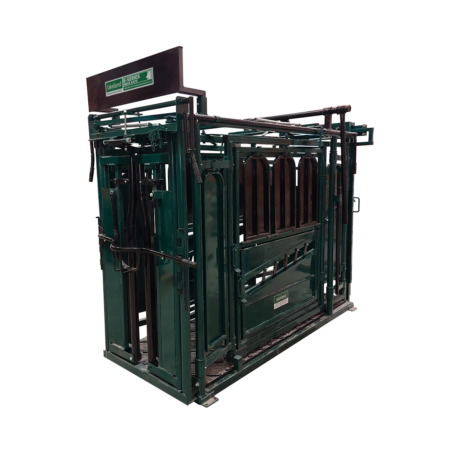
E-Series Cattle Squeeze Chute
GET A QUOTE -
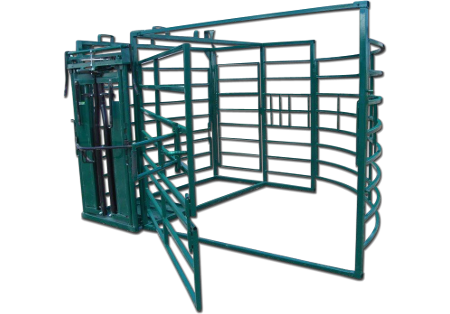
E-Series Half Circle Calving Pen
GET A QUOTE

